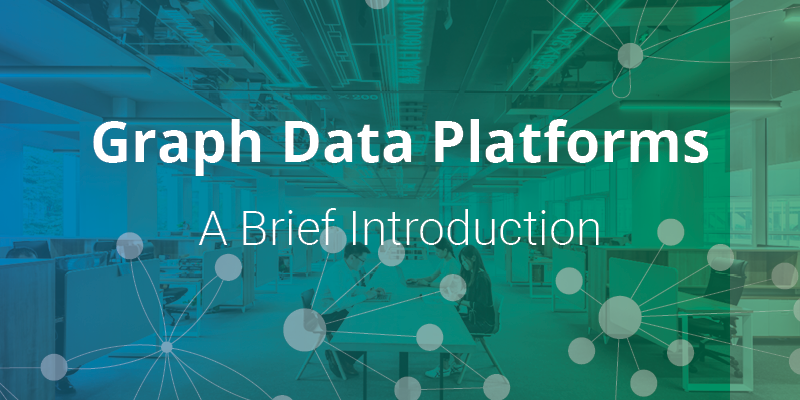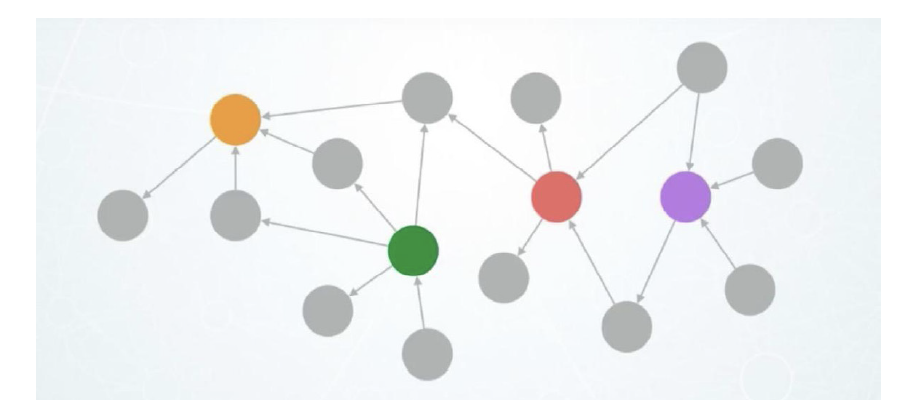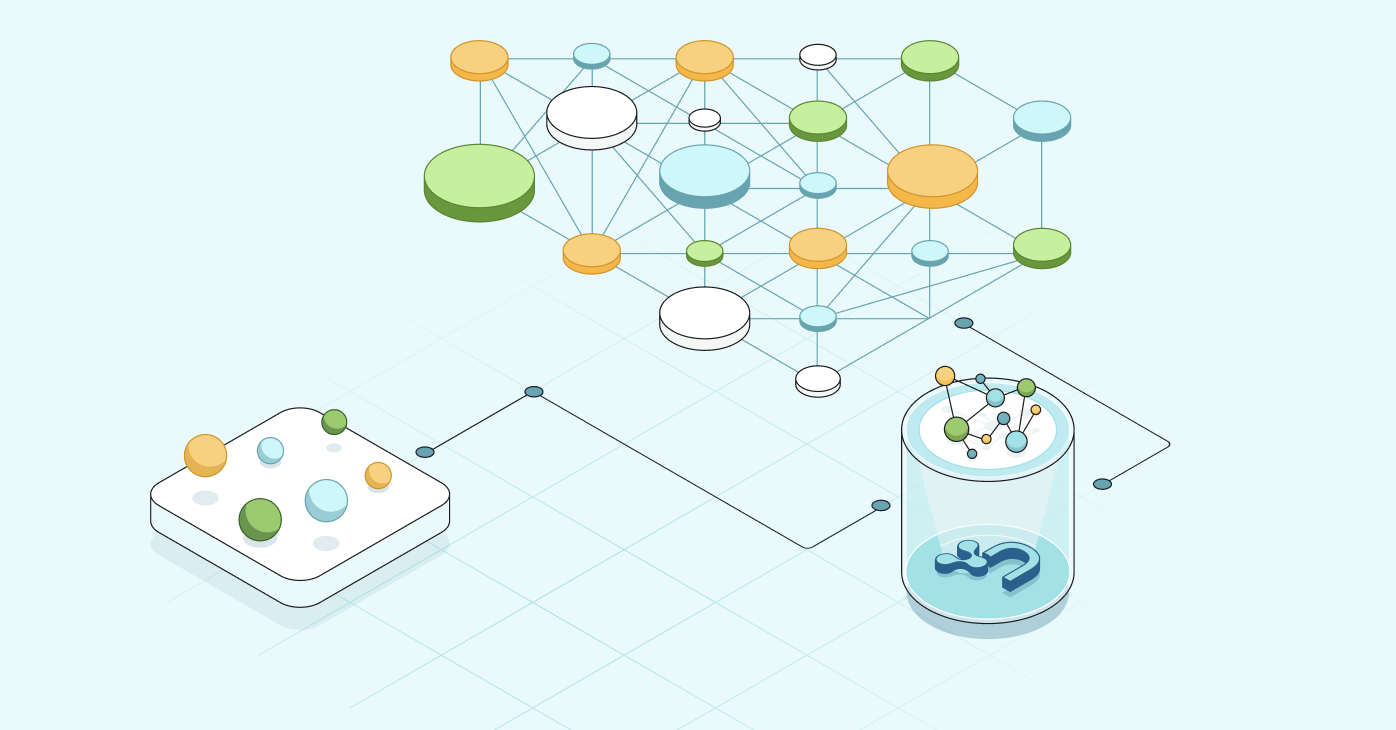In this first blog of our two-part series on graph data platforms, we discuss what graphs are good for and explore several graph use cases.
Relational databases dominate the market with their ability to store structured data in tabular models. While relational databases have their place, their rigid structures fail to adapt easily to the complexity of data, its context and its interconnections.
Relational databases are simply the wrong tool for many new business challenges. Real-time recommendations rely on connected data; in the relational world, this requires linking many tables. Relational databases strain under that load while users wait impatiently.
In the past decade alone, the data landscape has shifted significantly. Perhaps it’s time to consider new ways of tackling the evolving data landscape and how it’s managed.
What Are Graph Databases Good For?
Graph database technology is specifically designed and optimized for highly interconnected datasets to identify patterns and hidden connections.
Graph data stores are intuitive because they mirror the way the human brain thinks and maps associations via neurons (nodes) and synapses (relationships).
A graph database efficiently stores and queries connected data in a node-and-relationships format. As a result, graph technology excels at problems where there is no a priori knowledge of path length or shape by using graph storage and infrastructure to find neighboring data efficiently.
The most common graph use cases and solutions include:
- Fraud Detection & Analytics: Real-time analysis of data relationships is essential to uncovering fraud rings and other sophisticated scams.
- Artificial Intelligence & Machine Learning: Artificial intelligence (AI) winners and losers will be decided based on who harnesses context within data for a true competitive advantage.
- Real-Time Recommendation Engines: Graph-powered recommendation engines help companies personalize products, content and services by building a contextualized map of offers using both historical and real-time data.
- Knowledge Graphs: Connecting everything you know is half the battle. Knowledge graphs tap into your organization’s institutional memory. Moreover, knowledge graphs are the basis for many natural language processing (NLP) and AI solutions.
- Network & Database Infrastructure Monitoring: Graph databases are inherently more suitable than RDBMS for making sense of complex interdependencies central to managing networks, data centers, cybersecurity and IT infrastructure.
- Master Data Management (MDM): The schema-optional graph database model allows you to organize and manage your master data with flexibility. It also lets you harness real–time insights and a 360° view of your customers, products and employees.
Viewed through a technological lens, graph databases tackle the most harrowing of data problems – ones that often linger at the root of project failures and delays. These include:
- Vastly different views of the data model between business and technology teams, which result in misunderstanding and miscommunication.
- Lack of schema flexibility and adaptability, making it hard to respond to changing business requirements both during a project and after a system has gone live.
- The “JOIN problem” which occurs when queries become so tangled that even powerful databases with massive amounts of hardware resources grind to a halt in their attempts to bring the resulting data together.
Traditional Technology Choices Do Not Consider How Data Is Interrelated
Today’s data and applications require elasticity, agility, speed and interconnectivity. Despite the name, relational databases are not well-suited for modeling and storing today’s highly connected and agile datasets. RDBMS demand slow and expensive schema redesigns that hurt agile software development processes and hinder your ability to scale and innovate quickly.
Traditional RDBMS technology has a difficult time expressing and revealing how real and virtual entities are related. Columns and rows aren’t how data exists in the real world. Rather, data exists as rich objects and the relationships between those different objects.
The theory of connected networks (graph theory) has been a mathematical discipline for nearly three centuries, but few technologies have harnessed these theoretical models for the purpose of data storage and analysis.
Early on, a handful of companies have truly tapped into the power of graph technology as the driver of their businesses, including Google, Facebook, LinkedIn and Microsoft as well as upstarts like Airbnb and Uber. Well-established entities such as NASA, eBay, UBS and many of their peers use graph technology to improve their customer experiences and increase their competitiveness.
Today, graph-powered applications are used by more than 75% of the Fortune 500, including:
- 7 of the world’s top 10 retailers
- 3 of the top 5 aircraft manufacturers
- 8 of the top 10 insurance companies
- All of North America’s top 20 banks
- 8 of the top 10 automakers
- 3 of the world’s top 5 hotels
- 7 of the top 10 telcos
Conclusion
As we have shown, graph database technology is specifically designed and optimized for highly interconnected datasets to identify patterns and hidden connections. Next week, in the conclusion of this two-part series, we will explain how graph data platforms work and what that will mean for you.
Click below to download your free copy of
A Brief Introduction to Graph Data Platforms.
Get My Brief Intro





